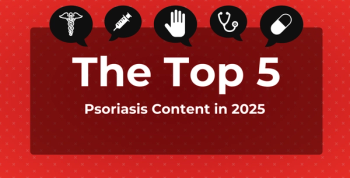
40% of Physician Networks Could Be Considered Narrow
A new study summarizing network size by physician, not just hospital participation, determined that 41% of networks on the marketplaces can be considered small or x-small and contain just 25% or less of office-based physicians in the area.
Narrow networks have gained in popularity under the Affordable Care Act (ACA) as a cost-containment strategy because their lower premiums are attractive to price-sensitive consumers. However, when consumers are shopping on the ACA marketplace there is not much information on these networks and the tradeoffs between lower premiums and network size.
This is the first study to summarize network size by physician, not just hospital participation.
The researchers had to come up with some way to categorize network size, despite the definition by the health law’s legislation leaving some uncertainty. The ACA simply requires that plans maintain “a network that is sufficient in number and types of providers” so that “all services will be accessible without unreasonable delay.” However, what defines sufficiency?
The LDI report identified 5 network sizes using, admittedly, arbitrary cutoffs: x-small (less than 10% of providers), small (10% to 25% or providers), medium (25% to 40% of providers), large (40% to 60% of providers), and x-large (more than 60% of providers).
The results of the study found that 41% of networks on the marketplaces are considered small or x-small. Only 11% are considered x-large and include more than 60% of office-based practicing physicians in the area.
The majority of the networks on the marketplace are either health maintenance organizations (HMOs) or preferred provider organizations (PPOs), and there is a sharp distinction between the size of their networks. More than half (55%) of HMOs have x-small or small networks compared with only 25% of PPOs.
When sizing networks by specialty, the researchers found that 36% of primary care physician networks are small or x-small, while 59% of oncology networks are at least small.
Newsletter
Stay ahead of policy, cost, and value—subscribe to AJMC for expert insights at the intersection of clinical care and health economics.








































